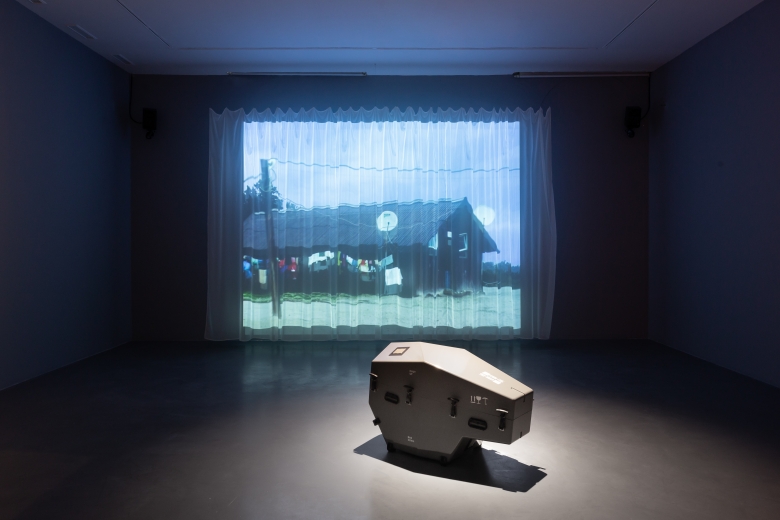CONTEMPORARY ART HISTORY COURSE
From the neo-avant-garde to the post-modern movement
by Isabel Nogueira
In the 1960s, the second wave of avant-gardes emerged: the so-called international neo-avant-garde, differing from the first, the historical avant-garde of the early 20th century. As a common denominator, we find the concept of avant-garde, which inevitably leads us to the concepts of modernity and contemporaneity. It is precisely through the conceptual clarification of these domains that this course begins. Next, we dive specifically into the neo-avant-garde realm, selecting two fundamental moments. The first one focuses on the rediscovery of Marcel Duchamp's ready-made and the consequent impact on object art, followed by the suppression of the object itself; the second one explores “art as action” and addresses performance and corporality and their countless possibilities. Finally, we dedicate the last session to the post-modern movement, given the fact that it was the last artistic movement that could be defined as such. The abstraction of concepts and movements is thus dovetailed with a reflection on specific, historicist and organic artistic practice.
Bibliography
Isabel Nogueira, Teorias da Arte: do Modernismo à Actualidade. Lisbon: Book Builders, 2019 (2020, 2nd edition).
Isabel Nogueira, Como pode “isto” ser arte? Breve ensaio sobre crítica de arte e juízo de gosto. Vila Nova de Famalicão: Edições Húmus, 2020.
Target group
Public generally interested in the visual arts and their relationship with society, culture and history, and who wish not only to solidify knowledge and organise information, but also to discover some issues for the first time.
Duration
Four sessions lasting 2 hours each (Saturdays: 7, 14, 21 and 28 May, from 11.00 to 13.00). The sessions start with an exhibition, lasting approximately 1.30 hours, followed by a brief visit to works that evoke the contents under discussion.
